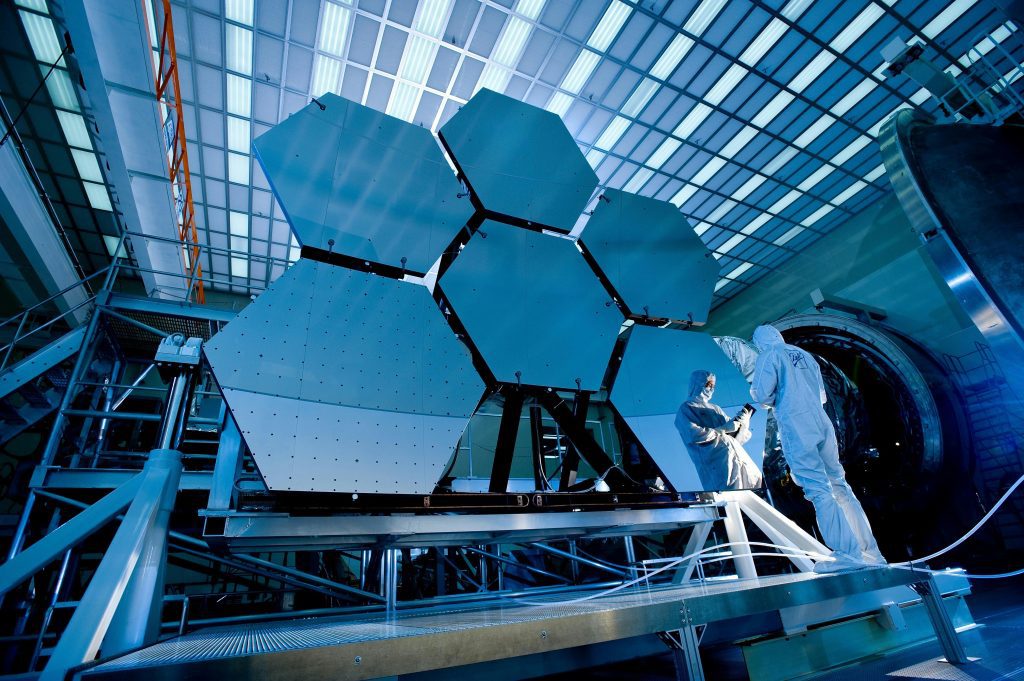The Ever-Expanding Universe of Space Innovation: A Journey Through Time and Technology
From the captivating images of distant galaxies to the awe-inspiring feats of space exploration, the universe has always been a source of fascination for humanity. But it wasn’t until the 20th century that we began to truly unlock the secrets of the cosmos, thanks to the groundbreaking advancements in space technology. Today, we stand on the cusp of a new era of space innovation, with robots and artificial intelligence at the forefront of our quest to understand the universe. Join us as we take a journey through time and technology, exploring the evolution of space innovation and its impact on our world.
The Early Days of Rockets: Paving the Way for Space Exploration
In the early 20th century, the concept of space travel was nothing more than a dream. But with the development of powerful rockets, that dream began to turn into reality. The pioneering work of scientists like Robert Goddard and Konstantin Tsiolkovsky laid the foundation for space exploration, with the launch of the first liquid-fueled rocket in 1926. This breakthrough technology would go on to propel humanity into the era of space exploration, with the launch of the first artificial satellite, Sputnik, in 1957.
The Space Race: A Catalyst for Innovation
The launch of Sputnik ignited the space race between the United States and the Soviet Union, spurring an unprecedented period of technological advancement. In 1961, Yuri Gagarin became the first human to journey into space, followed closely by American astronaut Alan Shepard. The competition between the two superpowers pushed the boundaries of space innovation, with the first manned moon landing in 1969 by the Apollo 11 mission. This monumental achievement marked a new era in space exploration and set the stage for future advancements.
The Birth of Robotics: A New Frontier for Space Technology
As our understanding of the universe expanded, so did our need for more sophisticated tools to explore it. In the 1970s, the first robotic missions were launched, such as the Viking probes to Mars and the Voyager spacecrafts that ventured into the outer reaches of our solar system. These early robots paved the way for future missions, providing valuable data and insights into our neighboring planets.
The Robotic Revolution: Merging Technology with Space Exploration
Fast forward to the present, and we are witnessing a robotic revolution in space innovation. From the Mars rovers to the International Space Station’s robotic arm, robots have become integral to space exploration. They can withstand extreme conditions and perform tasks that would be impossible for humans, making them ideal for space missions. With advancements in artificial intelligence, robots are now even more sophisticated, capable of learning and adapting to their environment.
The Future of Space Innovation: Combining Humans and Robots
As we look to the future, it’s clear that space innovation will continue to evolve, with humans and robots working together to unlock the mysteries of the universe. Plans for crewed missions to Mars and beyond are already in the works, with robots playing a crucial role in these endeavors. With the help of robotic technology, we can explore further and deeper into space, expanding our knowledge and understanding of the universe.
The Impact of Space Innovation on Society
The advancements in space technology have not only pushed the boundaries of our understanding of the universe but have also had a profound impact on our daily lives. From satellite communication and GPS navigation to weather forecasting and disaster management, space innovation has revolutionized the way we live and work. It has also led to the development of new industries, such as space tourism and asteroid mining, creating new opportunities for economic growth and exploration.
The Importance of Continued Investment in Space Innovation
Despite the immense progress made in space technology, there is still much to discover and explore. With the rise of private space companies and increased government funding, the future of space innovation looks promising. Continued investment in research and development will not only drive scientific progress but also bring economic and societal benefits.
Conclusion
From the early days of rockets to the present-day robotic revolution, space innovation has come a long way. It has opened up new frontiers, expanded our understanding of the universe, and improved our daily lives. As we continue to push the boundaries of space exploration, the future of space innovation looks brighter than ever before. Who knows what discoveries and advancements await us as we embark on this never-ending journey into the final frontier.
References:
- NASA. (n.d.). History of Rockets. Retrieved from https://www.nasa.gov/audience/forstudents/k-4/stories/nasa-knows/what-is-a-rocket-k4.html
- Encyclopaedia Britannica. (2020). Space exploration. In Encyclopaedia Britannica. Retrieved from https://www.britannica.com/topic/space-exploration
- Space.com. (2020). Space Exploration: Timeline and Technologies. Retrieved from https://www.space.com/18145-space-exploration-timeline.html
- National Geographic. (2019). How the Space Race Changed the World. Retrieved from https://www.nationalgeographic.com/history/magazine/2019/03-04/space-race-50-years-later/
- Business Insider. (2019). A brief history of robots in space. Retrieved from https://www.businessinsider.com/history-of-robots-in-space-2019-12
- Forbes. (2019). The Impact of Space Exploration on Society. Retrieved from https://www.forbes.com/sites/quora/2019/07/18/the-impact-of-space-exploration-on-society/?sh=5d5b0c496d9b

